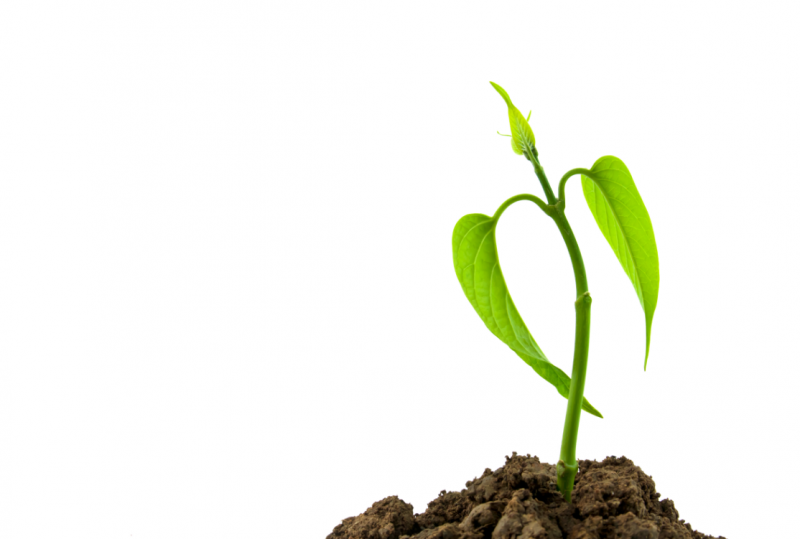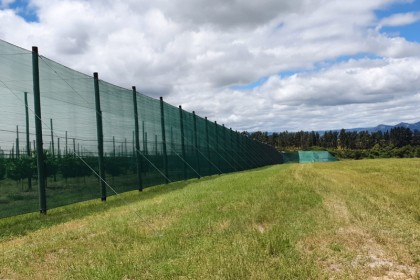
How to Fertilize your Garden
Is your garden looking a bit worse for wear? Don’t stress – there are methods you can employ to better both the appearance and the output of your garden. The most effective of these methods is proper soil preparation – with the help of fertilizers and lime, although these shouldn’t be used together.
Soil Preparation with Lime
The use of lime is especially effective when preparing the soil for a vegetable garden. Late autumn to early spring time is best for preparation of soil and planting your vegetables. Lime contains calcium and is used to achieve a preferable pH balance in the soil.
If the soil’s pH is not between 5.5 and 6.5 you run the risk of your plants not absorbing all the required nutrients from the soil. This deficiency will yield vegetables with a pale colour and stunted growth.
Once you have tested your soil’s pH balance you can use lime to raise the pH which will, in turn, allow the roots of the plants to absorb the soil’s nutrients. Take note of the fact that the pH takes about four weeks to show a measurable change, and can take from six to twelve months to dissolve entirely, so wait a few weeks before re-testing your soil’s pH levels.
When Should you Fertilize your Garden?
Once your soil chemistry is balanced you can consider using fertilizer. Be careful, however, as it is possible to overfeed your plants, which may damage or kill them. More is not always better. A good time to add fertilizer is in spring when plants are making fast new growth. This will ensure that their growth is not stunted by soil that lacks nutrients.
Remember that too much can often be worse than nothing – so try not to overdo it with the fertilizer. Observe the growth of your plants. If the soil has been well prepared you can use fertilizer after every yield - generally, this will be enough to see vegetables through from planting until harvesting.
Some plants require more nutrients than others, and different fertilizers should be used differently at different times of the year. It is best to do proper research on the type of plant to be fertilized and the fertilizer to be used before diving in. When using a quick release fertilizer formula in summer you may use it as often as every four weeks. Late autumn requires more fertilizer, because the cold may stunt growth, so it can be applied every four weeks to extend the growing season.
Safety When Using and Storing Fertilizer
When storing granular fertilizer make sure it is in a cool and dry place. All fertilizers should be kept away from other chemicals in separate sealed containers. Secondary containment will help prevent spills and save you potentially messy clean-ups. Any spills should be cleaned properly to prevent the fertilizer ending up in water systems.
Take note: you should never mix lime and fertilizer as it will cause a potentially dangerous chemical reaction. When using fertilizer, you should always wear gloves and eye protection to avoid chemical burns.
Contact Geyer's Fertilizer & Lime for all your gardening needs this spring!












